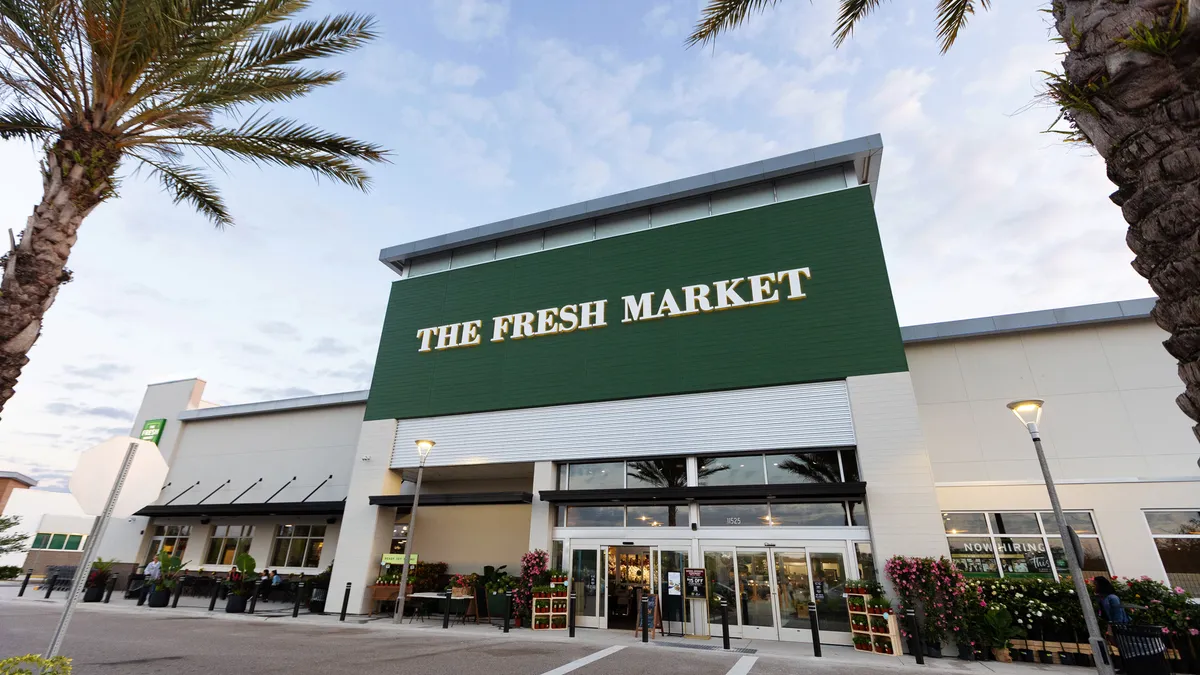What are the ancient roots of the food contract manufacturing industry? Believe it or not, the oldest references date from 4,000 BC in Mesopotamia. The US food contract manufacturing industry can be traced back to the 1860s, though today's industry would be unrecognizable to 19th-century Americans – or Mesopotamians.
The consumer-driven grocery industry has always shaped contract manufacturing. However, the contract manufacturing industry today is also shaping the competitive position of food brands, impacting how they bring new products to market in the US grocery industry.
From humble beginnings, the industry has thrived in the past few decades. According to the Contract Packaging Association’s (CPA) recently published State of the Industry Report, as of 2023, the industry has surpassed the $100 Billion mark and continues to grow at more than twice the rate of the food industry it serves.
Even at $100 Billion, the contract manufacturing industry is dwarfed by the size and scale of the packaged food or grocery industries. Given this asymmetrical relationship, how has the industry shaped the competitive landscape of retail brands?
Today, rapid new product introductions are more than a strategy – they are a necessity. The lifecycle of many new products is short, and consumer preferences are increasingly diverse and fickle. Today’s hot new product can be gone tomorrow. Anticipating trends and responding to them requires updated strategies and tactics.
For leading brands, the traditional 18-month internal development cycle, followed by internal scaling of production, which worked well for a century, is simply too slow to respond to many of these new challenges.
The surge in emerging brands, often well-financed and laser-focused, poses a growing threat, often gaining share and high-margin sales at the expense of legacy brands. These firms often have few production assets, instead relying on contract manufacturing relationships, enabling them to focus their expertise and capital on market-facing issues.
In response to competitive pressures, legacy brands are leveraging manufacturing partners in new ways. As highlighted in the CPA’s State of the Industry Report, legacy brands increasingly rely on external partners for new services. Today we see contract manufacturers engaging in R&D, product innovation, package and materials design, process innovation, and more. This extended supply chain requires new tools and practices for both the brands and their contract manufacturer partners.
And what has the impact of these evolving practices been on big and small brands? The changes have been transformative. Emergent brands, already at an agility advantage, can innovate and scale more quickly, getting new products to market faster than legacy brand counterparts.
Legacy brands now integrate external manufacturing into their go-to-market strategy, conceiving, commercializing and launching new products, fresh formats, and extensions more rapidly, turning SKU proliferation into an advantage. This also frees capital and resources, enabling legacy brands to be better prepared for the next product wave.
The impact on the US grocery industry? Today, retailers across all channels have more products in more formats than would otherwise be competitively possible. Buyers can merchandise their mix based on consumer preference. Ultimately, this benefits the consumer as it drives the entire industry forward.
According to the CPA’s State of the Industry Report, the contract manufacturing industry will continue to shape the competitive landscape as it responds to the needs of brands in existing and new product categories. For more information on the CPA or their State of the Industry Report, please visit contractpackaging.org.










